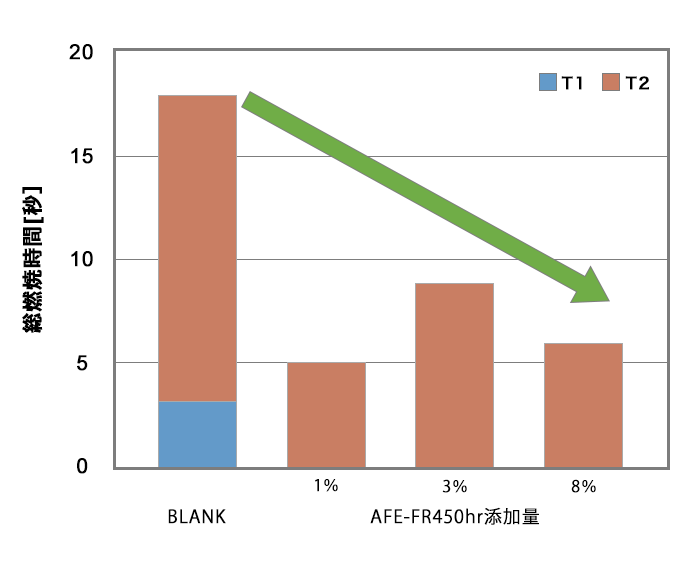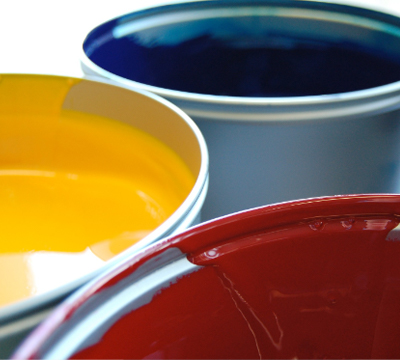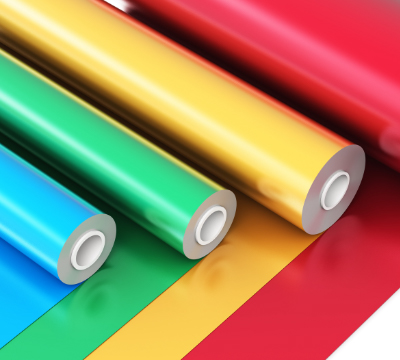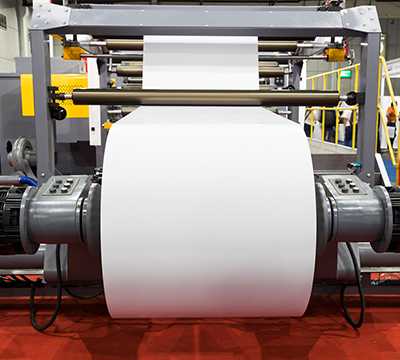Flame retardants
Resins are mostly made from petroleum. Thus, they are functional but prone to burning.
Our mineral products that improve flame retardancy may be the right solution for you.

Making resin, which is mainly made from petroleum, difficult to burn has been a major challenge for many years. When resin is made difficult to burn, it usually cannot be used because it loses other vital properties such as stretchability and strength. In addition, safety and environmental demands have increased, making it difficult to use flame retardants that were previously used effectively.
Fimatec offers two safe mineral-based flame retardants to meet today’s needs.
Example of use: EVA is combined with DRAGONITE, magnesium hydroxide and a phosphorus-based flame retardant to exert a flame retardant synergy while suppressing the deterioration of resin’s physical properties.
| Sample No. | No.1 | No.2 | No.3 | No.4 | No.5 |
|---|---|---|---|---|---|
| EVA+Mg(OH)2 | 90 | ||||
| Organophosphorus flame retardants | 0 | 2.5 | 5 | 7.5 | 10 |
| DRAGONITE-APA:M | 10 | 7.5 | 5 | 2.5 | 0 |
| Oxygen index | 31.5 | 32.5 | 31.0 | 26.0 | 26.0 |
| UL-94 Study | V-2 | V-0 | V-0 | V-2 | V-2 |
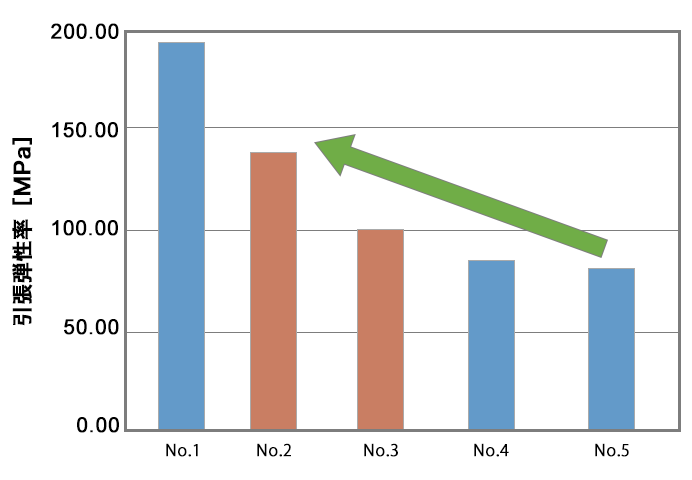
Halloysite added to epoxy resin and organophosphorus flame retardants improved resin properties and reduced burning times, thus achieving V-0 in UL-94 trials.
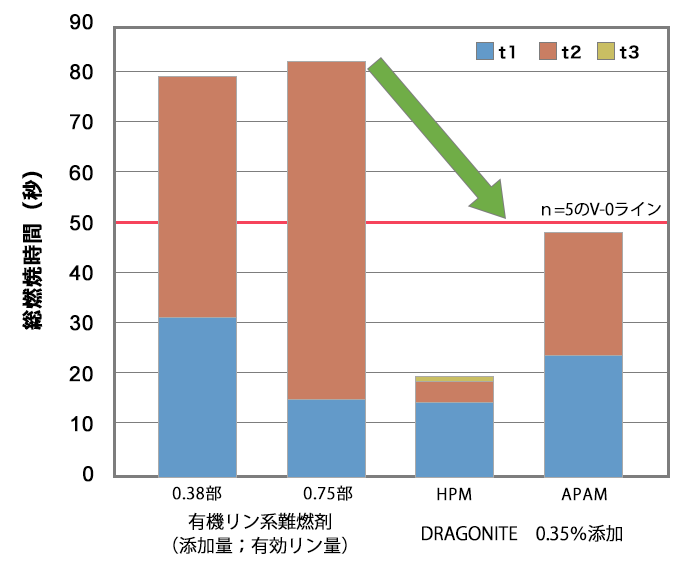
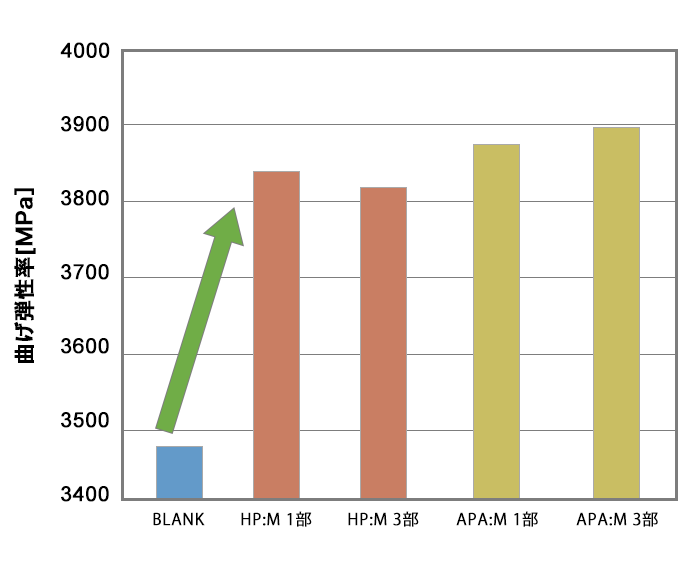
Adding halloysite (AFF-FR450) to engineered plastic and organophosphorus flame retardants reduced burning times in UL-94 trials.
